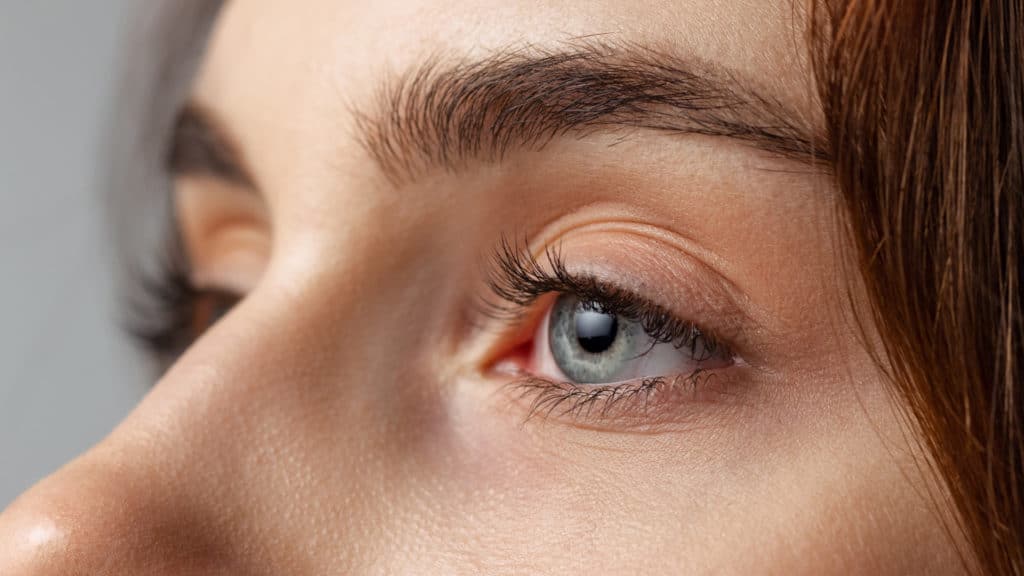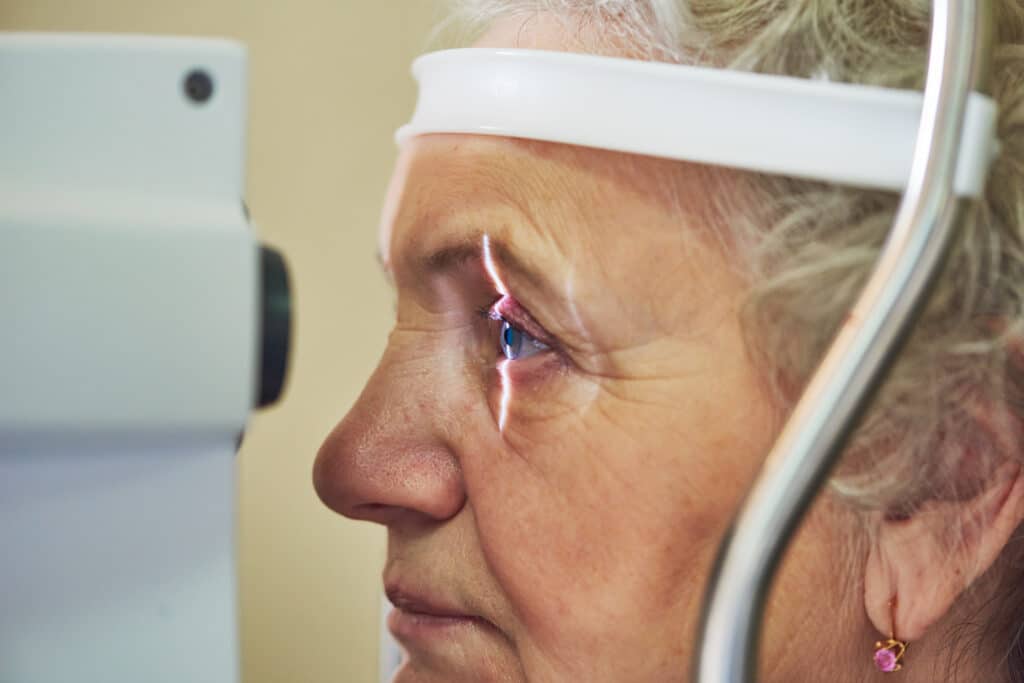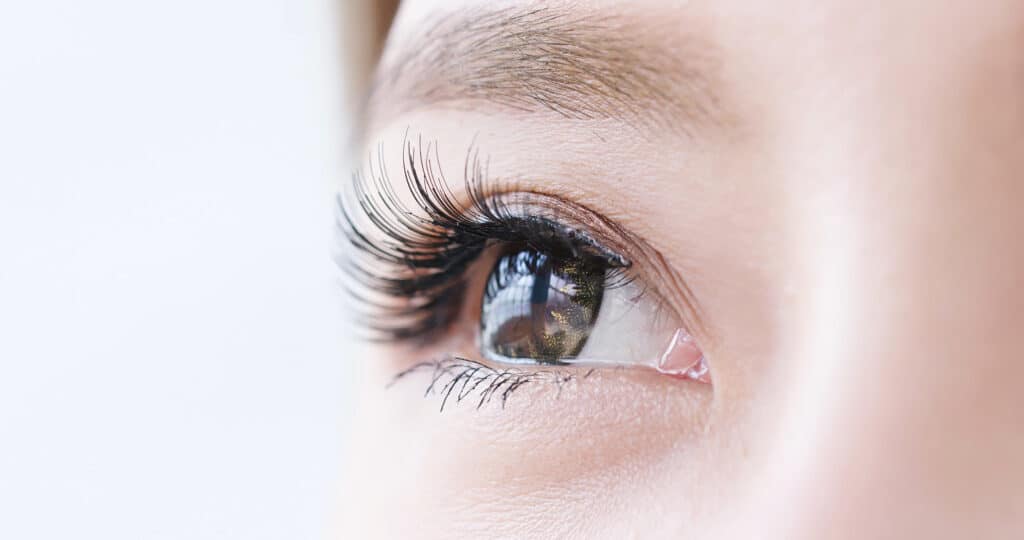Dysfunctional Lens Syndrome: What It Is and How to Treat It
November 22, 2019
Eye health and our continued ability to see clearly is a concern for us all, especially as we get older. As the years go by, it is completely natural to experience changes to the eyes that may impact your vision. As those changes occur, it is important to find vision solutions that support your lifestyle and allow you to live your life freely without being restricted by limited eyesight.
When it comes to the terminology of common age-related changes in our eye health and the treatments for those conditions, it can get a bit confusing. Let’s clear things up!

Dysfunctional Lens Syndrome and Cataracts
Dysfunctional Lens Syndrome
“Dysfunctional lens syndrome” (DLS) is a term used to describe the natural degeneration of functional vision as a result of changes in the crystalline lens. What once was considered under the umbrella of ‘pre-cataracts’ (and largely not-treated because of that classification) is now acknowledged to be a health issue worthy of addressing if a person feels compelled to do so.
Issues arising from DLS typically begin after a person advances into their 40s, and encompasses a broad spectrum of changes in eye health including changes in lens opacities, loss of accommodation, and an increase in higher-order aberrations. DLS is simply part of the aging process, and can escalate to progressive stages as a person gets older. While DLS may include symptoms such as stiffness of the lens, reduction of focusing power and near vision, and decreased contrast and night vision (and more), it may evolve to visually significant cataracts that result in highly degraded vision.
Cataracts
Cataracts develop in advanced stages of DLS and most-commonly occur among those who are 60 or older. Cataract is a condition in which the lens of the eye becomes progressively opaque due to the development of protein clumps forming in the eye. This inhibits normal movement of light through the eye to the retina, resulting in blurred or impaired vision. Those who are dealing with cataracts often describe it as looking through a fogged-up or dirty window. While cataracts generally develop in both eyes, it may be to varying degrees in each eye.
Get Treated at Any Phase of DLS
Although cataracts are within the DLS family of eye conditions, the distinction between the two terms is important. People experiencing early DLS symptoms can pursue treatment options before their condition develops into the advanced cataract stage. Regardless of the phase of DLS a person is experiencing, there are procedures to consider for addressing your visual issues.
- Laser Vision Correction (LASIK, PRK, SMILE): For those in the early stages of DLS, LASIK may be an option. As a minimally invasive refractive surgery for the correction of myopia, hyperopia, and astigmatism, this can be a good choice for those who still maintain a healthy and clear lens. Some surgeons still recommend that patients undergo Dysfunctional Lens Replacement early (instead of Laser Vision Correction) to prevent the need for doing a cataract surgery later as the natural lens will still continue to age. Your ophthalmologist should be able to advise you on a personalized recommendation to fit your unique situation.
- Dysfunctional Lens Replacement: Seen as an alternative to Laser Vision Correction, “Dysfunctional Lens Replacement” (DLR) is a recommended procedure for many experiencing DLS symptoms – especially when the lens already shows signs of aging. DLR fully replaces the affected natural lens with an artificial intraocular lens to give the patient a permanent solution. The primary purpose of surgery is to improve functional vision previously reduced by DLS conditions, but it also prevents cataract formation in the future making it a sensible investment for those who have experienced worsening vision with age. This treatment will also reduce dependency on bifocals and glasses, providing more freedom and visual independence in the everyday life of those who undergo the procedure. You may also hear of DLR referred to as a ‘Refractive Lens Exchange’, but the procedure, and its intent, remains the same.
- Cataract Surgery: The process for cataract surgery is fundamentally the same as a traditional Dysfunctional Lens Replacement, except that the crystalline lens, in addition to developing DLS, has become opaque as well, limiting light transmission into the eye. (the lenses will typically be replaced with artificial intraocular lenses that provide notable vision assistance based on the needs and health of your eyes.
The Path to Clearer Vision Starts Here
Elective vs. Functional Procedures
Corrective procedures for earlier-phase DLS are typically viewed as elective and are labeled as a ‘refractive lens surgery’. This essentially means that a person could get by with their condition with the use of contact lenses or glasses, but they are willing to pay out of pocket to have a procedure to improve their vision and lifestyle through the convenience of a permanent procedure.
Alternatively, procedures to treat clinically defined cataracts are considered to be ‘functional lens surgeries’. This indicates that the procedure is vital for maintaining vision and quality of life as a person can’t be sufficiently aided with the use of contact lenses or glasses.
While it is a debated topic within the industry, this categorization comes into play within the context of insurance providers. As they are non-essential treatments, many elective procedures to treat DLS symptoms may not be covered by insurance. On the flip-side, ‘functional lens surgeries’ for conditions like cataracts are typically covered by insurance to some extent.
Conclusion
While changes in our eyes are inevitable over time, it is important to understand that there are treatment options to help address issues you are having with your vision – regardless of how they are classified. Work closely with a trusted opthamologist who can give you a treatment recommendation that is catered to your own health situation, lifestyle, and personal preferences. By weighing the variables together you should be able to find a solution that fits your needs and improves your vision for years to come!


